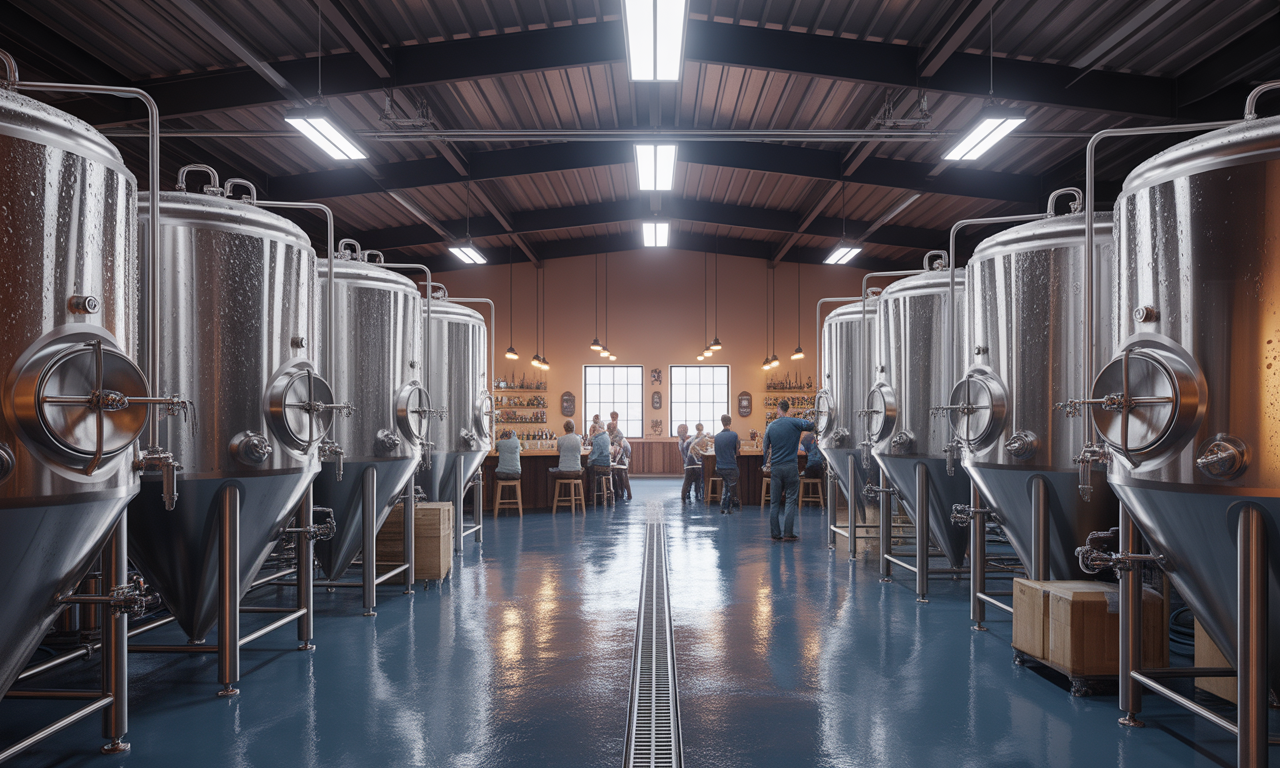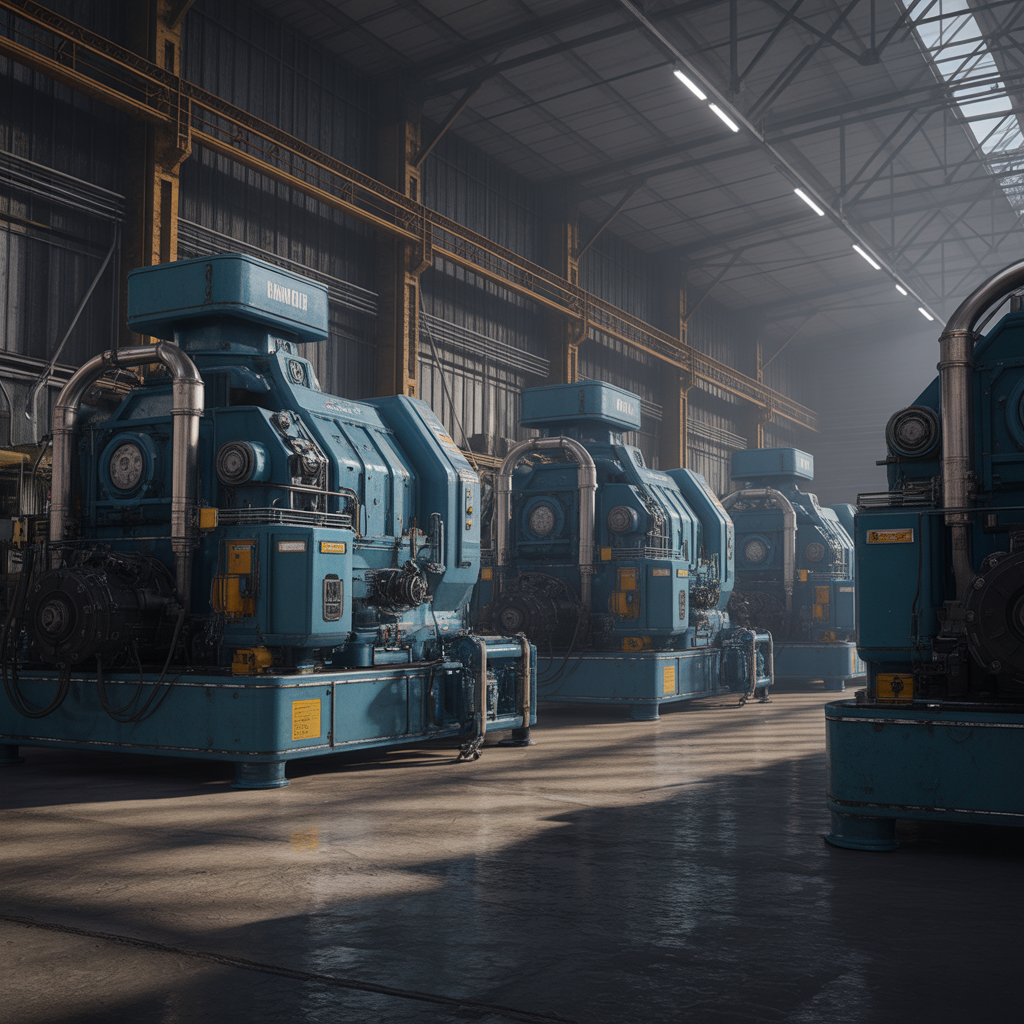Understanding Flex Property: The Hybrid Solution
In today’s dynamic business environment, “what is flex property?” has become one of the most searched terms among entrepreneurs and investors exploring versatile commercial real estate options. Flex property is short for “flexible property” or flex space, represents a revolutionary approach to commercial real estate that’s transforming how businesses operate.
These innovative spaces combine elements of office, warehouse, and sometimes retail or light industrial space within a single building. Typically designed as single-story structures, they feature high ceilings ranging from 14 to 16 feet or more, open floor plans that allow easy reconfiguration, and professional amenities that rival traditional office buildings.
What sets flex properties apart is their built-in adaptability. Unlike rigid traditional spaces, these properties are designed with change in mind, allowing tenants to shift layouts as business needs evolve, whether that means converting more area to office space during growth phases or expanding warehouse sections to accommodate increased inventory.
Office Space
Professional work environments with modern amenities
Warehouse
High ceilings and loading docks for logistics
Retail/Light Industrial
Customer-facing or production areas as needed
Who Benefits from Flex Property?
Flex spaces serve a diverse range of innovative businesses that don’t fit neatly into traditional real estate categories. Their versatility makes them the ideal choice for modern operations that require both professional workspace and functional industrial capabilities under one roof.

E-Commerce Companies
Perfect for businesses needing fulfillment centers integrated with administrative offices for seamless operations and inventory management.

Biotech Startups
Ideal for companies blending laboratory research spaces with professional administrative areas for team collaboration. Medical lab, FDA clean rooms, and pharmaceutical.

Craft Beer Breweries
Combines production facilities with customer-facing tasting rooms and retail spaces for a complete business experience. Beer, winery, and craft distillery operations.

Light Manufacturers
Supports production operations alongside design studios and client meeting spaces for integrated workflows.

Creative Agency Studios
Provides space for artistic creation, equipment storage, and professional client presentations in one location.

Fitness Recreation Centers
Accommodates indoor workout areas, retail operations, and equipment storage with professional front-facing amenities. Also great for recreation centers and trampoline indoor parks.
Flex vs. Traditional Industrial: Key Differences
While flex property falls under the broader industrial real estate umbrella, it stands distinctly apart from traditional industrial properties in both purpose and design. Understanding these differences is crucial for making informed real estate decisions that align with your business needs.
Traditional Industrial Focus
Traditional industrial properties are designed primarily for heavy-duty operations like large-scale manufacturing, warehousing, or distribution. These facilities typically feature reinforced floors for heavy machinery, minimal office integration, and are often located in remote industrial parks far from urban centers. They serve a single, specialized purpose with little room for adaptation.
Flex Property Advantage
Flex properties emphasize multi-functionality, seamlessly blending industrial elements like loading docks and high ceilings with polished office or retail spaces. They include client-friendly entrances, shared amenities such as lounges and conference rooms, and are strategically located closer to urban centers for superior accessibility. This positioning benefits both employees and customers.
| Aspect |
| Primary Use |
| Location |
| Lease Terms |
| Amenities |
| Adaptability |
| Startup Costs |
| Flex Property |
| Mixed: Office, warehouse, retail/light industrial |
| Near urban centers and highways |
| Shorter (7 months-3 years), flexible |
| Shared (Wi-Fi, lounges, conference rooms) |
| High and easy reconfiguration |
| Lower with built-in furniture and amenities |
| Traditional Industrial |
| Focused: Manufacturing, storage, distribution |
| Remote industrial parks |
| Longer (7-10 years), rigid |
| Minimal, function-specific only |
| Low specialized for one purpose |
| Higher initial investment required |
The Compelling Advantages of Flex Property
Flex properties deliver a powerful combination of benefits that make them increasingly attractive for dynamic, growth-oriented businesses navigating today’s competitive landscape.
Versatility and Adaptability
Easily shift between functions with minimal modifications, making it simple to adapt as your business evolves. Whether you’re expanding from primarily office operations to include warehouse space or vice versa, flex properties accommodate growth seamlessly.
Cost-Effectiveness
Enjoy lower rental rates compared to pure office spaces, with one comprehensive lease covering all utilities and property management. Reduced startup costs through included amenities like furniture, wiring, and shared facilities mean you can invest more in growing your business.
Scalability
Grow or downsize operations seamlessly without the hassle of relocating. This flexibility is invaluable for businesses navigating uncertain economic conditions or rapid growth phases, providing the agility to respond quickly to market changes.
Operational Efficiency
Consolidate teams, inventory, and equipment under one roof, dramatically simplifying coordination and access. Eliminate the complexity and cost of managing multiple locations while improving communication and workflow between departments.
Community and Networking
Shared spaces foster collaboration, motivation, and idea-sharing among diverse tenants. This built-in networking opportunity can lead to partnerships, referrals, and innovative solutions that benefit all businesses in the community.
Prime Locations
Strategic proximity to major transportation routes and customer bases enhances convenience for staff while improving logistics and reducing delivery times. Better locations also make recruiting and retaining talent easier.
These benefits prove particularly valuable for startups, e-commerce operations, and growing firms adapting to post-pandemic business models that demand flexibility and efficiency.
Important Considerations and Limitations
While flex properties offer tremendous advantages, it’s essential to understand their limitations to ensure they align with your specific business requirements. Not every operation will thrive in a flex environment.
Specialized Operations
Not suitable for heavy industrial operations requiring reinforced floors, specialized ventilation, or clean rooms. Similarly, purely professional businesses like law firms may find the industrial aesthetic doesn’t match their brand image.
Zoning Restrictions
Local regulations may limit certain uses such as retail operations or specific types of manufacturing, potentially restricting your business model or future expansion plans within the space.
Maintenance Complexity
Mixed-use spaces can increase upkeep expenses due to more complex HVAC systems, extensive electrical wiring, and diverse infrastructure needs serving multiple functions simultaneously.
Growth Constraints
While scalable for moderate growth, flex properties may lack sufficient space for major expansions. Rapidly growing businesses might eventually outgrow even larger flex spaces, necessitating a potentially disruptive relocation to a larger facility.
Branding Challenges
The utilitarian appearance and industrial elements may not convey the polished corporate image some businesses need for client meetings or brand positioning. Companies focused on luxury or high-end professional services should carefully consider visual impact.
Expert Advice: Carefully weigh these considerations against your specific operational requirements, growth projections, and brand positioning to avoid costly mismatches between your business needs and property capabilities.
Your Roadmap to Finding the Right Flex Property
Whether you’re considering purchasing or leasing flex property, following a strategic approach ensures you find a space that truly supports your business goals and growth trajectory.
Assess Your Operational Needs
Start by thoroughly evaluating your operations. Determine the required square footage, ideal office-to-warehouse ratio, and essential amenities. Consider your three-to-five-year growth projections to avoid outgrowing the space too quickly. Document specific requirements like ceiling height for equipment, number of loading docks, electrical capacity, and climate control needs.
Research Strategic Locations
Focus your search on properties near urban hubs with excellent access to major highways and proximity to your customer base. Consider employee commute patterns, supplier locations, and delivery logistics. The right location can significantly impact operational efficiency, employee satisfaction, and customer service capabilities.
Verify Zoning and Lease Terms
Thoroughly investigate local zoning regulations to confirm your intended use is permitted. Review lease terms carefully, opting for shorter, more flexible agreements (7 months to 3 years) that maintain your agility to adapt as market conditions change. Understand renewal options, escalation clauses, and exit provisions before committing.
Explore Multiple Property Options
Consult with commercial real estate brokers specializing in industrial and flex properties who have insider knowledge of upcoming listings. Attend industry networking events and physically scout target areas for “For Lease” or “For Sale” signs that may not yet be listed online. Usually a broker will have a better understanding of these.
Budget for Customization
Factor in build-out costs to tailor the space to your specific needs. While flex properties typically allow more customization freedom than traditional spaces, improvements still require investment. Include costs for specialized equipment installation, additional partitions, enhanced security systems, upgraded technology infrastructure, and branded interior finishes in your budget planning.
“Partnering with an experienced commercial real estate agent who specializes in flex properties can streamline your due diligence process, from property inspections and environmental assessments to lease negotiations and closing procedures. Their expertise often saves clients both time and money while avoiding costly mistakes.”
Ready to Explore Flex Properties?
Transform Your Business with the Right Space
Flex property industrial represents the future of adaptable commercial real estate, bridging industrial functionality with office versatility to support innovative businesses like yours. By understanding its unique attributes, advantages, and considerations, you’re now equipped to make an informed decision about whether flex space is the right choice for your venture.
The adaptability and cost-effectiveness of flex properties make them ideal for businesses navigating today’s rapidly changing market conditions. Whether you’re a startup seeking room to grow, an established business looking to consolidate operations, or an entrepreneur launching a new venture, flex property offers the versatility you need to succeed.
Don’t let traditional real estate constraints limit your business potential. Our team of commercial real estate specialists understands the unique needs of businesses seeking flex space solutions and can guide you through every step of the process.

GET IN TOUCH

